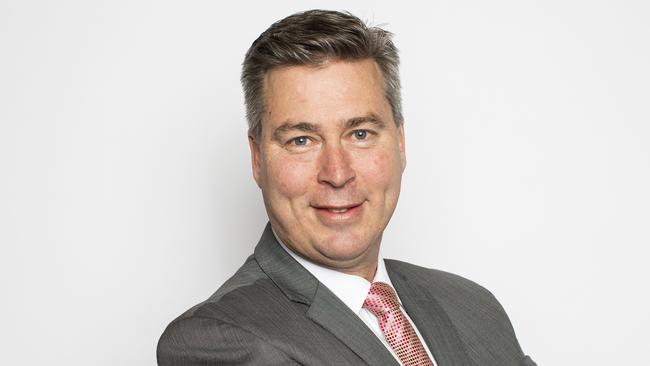Australian power bills expected to rise by 39 per cent in the next year
Household energy bills are expected to rise significantly in the next 12 months as millions of Aussie families who were excluded from the energy hand-outs are tipped to pay even more.
NSW
Don't miss out on the headlines from NSW. Followed categories will be added to My News.
Household energy bills are expected to rise yet another 39 per cent by this time next year - as millions of Aussie families who were excluded from the energy hand-outs are tipped to pay even more.
The Albanese Government’s much-touted $500 energy rebate measure is restricted to people on welfare, health card holders and families who get the Family Tax Benefit part A and B.
But University of NSW Business School finance professor Mark Humphery-Jenner said the ‘relief’ was equivalent to a cash handout and had the same inflationary effect.
“A bigger concern is that the people who are excluded from such ‘relief’ are ultimately funding those who are,” he said.
“Ironically, this is therefore the opposite of relief for those people.
“People who do not receive the subsidy are implicitly paying for it through their tax dollars.
“Further, to the extent that the subsidiary buttresses energy demand and overall inflation, it can worsen cost of living pressures for everyone else.”

“Ultimately there is no good solution other than encouraging more supply.”
Institute of Public Affairs deputy executive director Daniel Wild said their analysis of the government’s own figures showed average household energy bills will rise 39 per cent by this time next year. In the past year alone they have risen 34 per cent.
“This is a staggering $780 increase on the average annual energy bill, leaving even those families receiving the full energy subsidy almost $300 worse off a year,” he said.
“This is a Budget that leaves mainstream Australians behind. There is nothing in this Budget to support the five million working families that face crippling energy bills rises, yet do not qualify for any of the announced assistance.”
Chiropractor and father of two Dr Ned Khodragha, a self-employed business owner from Bankstown, won’t qualify for the energy rebate.
“Unfortunately we won’t get any energy respite because don’t get the family tax benefit,” he said.

“The self-employed model is quite difficult and we seem to miss out on a fair bit with all these benefits.
“Energy prices have just gone crazy.
“I had hoped in the budget there would be some leeway for middle income earners, but no.”
Economist Saul Eslake said that while he understood many families would be aggrieved at missing out on relief on their energy bills, the government had to balance that up with spreading the assistance so widely that it would boost household spending - countering what the Reserve Bank was trying to achieve.
“They will be facing significantly higher electricity costs than those who will benefit from the rebate,” he said.
“The only consolation, if any, is that it lesson the chance their mortgage, if any, would be hit with higher interest rates.”
Shadow Energy Minister Ted O’Brien said while they supported the direct relief for households “the government won’t be left off the hook for promising to reduce power bills for every Australian household”.
HOUSING PLAN NOT BUILT ON REALITY
Labor’s plans to see one million homes built over five years in Australia have been described as being as ambitious as America’s push last century to put a man on the moon within a decade.
Housing Industry Association chief economist Tim Reardon said that with housing approvals at historic lows, much more detail was needed to see if the government’s goal was even possible.
“Rapid population growth plus rising cash rates is going to cause the housing situation to deteriorate,” Mr Reardon said.
“It’s a bit like saying you’re going to put a man on the moon within a decade, it’s a worthwhile goal but right now there’s no plan as to how it will happen.”
The HIA previously warned the government that its moves to introduce multi-employer bargaining could further push up construction costs and lead to supply chain disruptions.

“This could lead to the shutdown of, for example, several concrete plants, brick kilns or steel manufacturers, all of which produce building products crucial to home building,” the body warned in a submission last month.
Urban Taskforce CEO Tom Forrest said a million houses is “what we need if we are going to accommodate the immigration numbers now flooding through the doors.”
Mr Forrest noted that while migrants brought skills and know-how that could ultimately help build the homes the country needs, “at the same time having all these people come through at the same time puts pressure on prices and the capacity to supply markets.”
“Government should be doing more to link infrastructure payments to housing targets.”
“Not just big projects, but parks, libraries, childcare centres, all the things that improve amenity and help overcome the NIMBY (Not In My Backyard) problem.”
Economist Saul Eslake said the target was “possible … but would be a challenge.”




